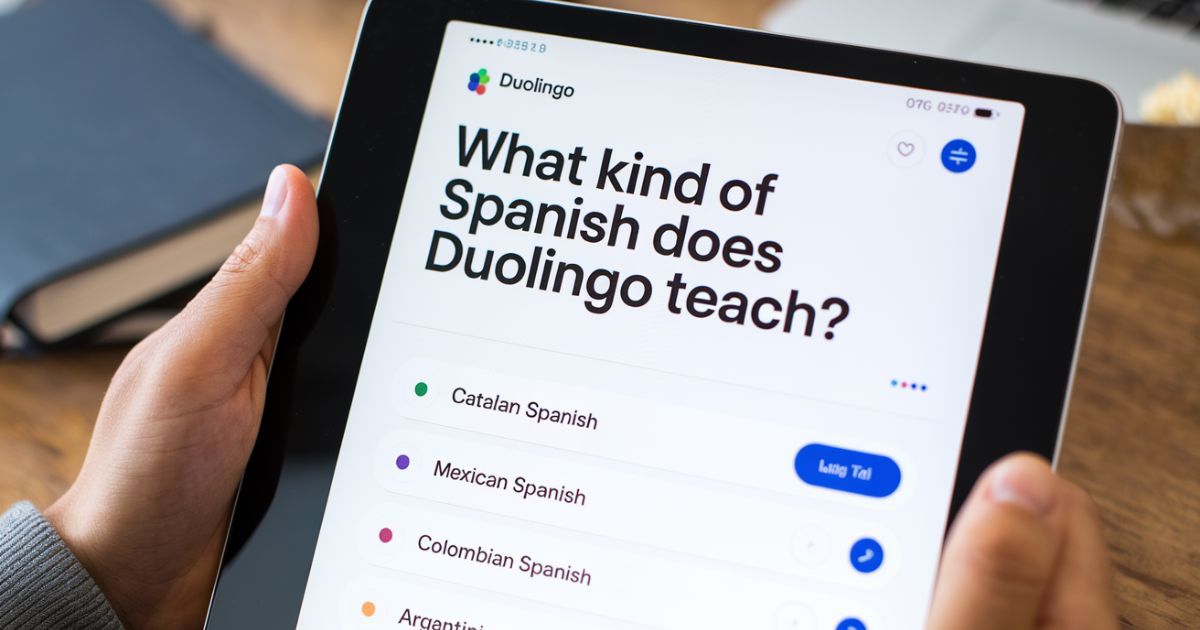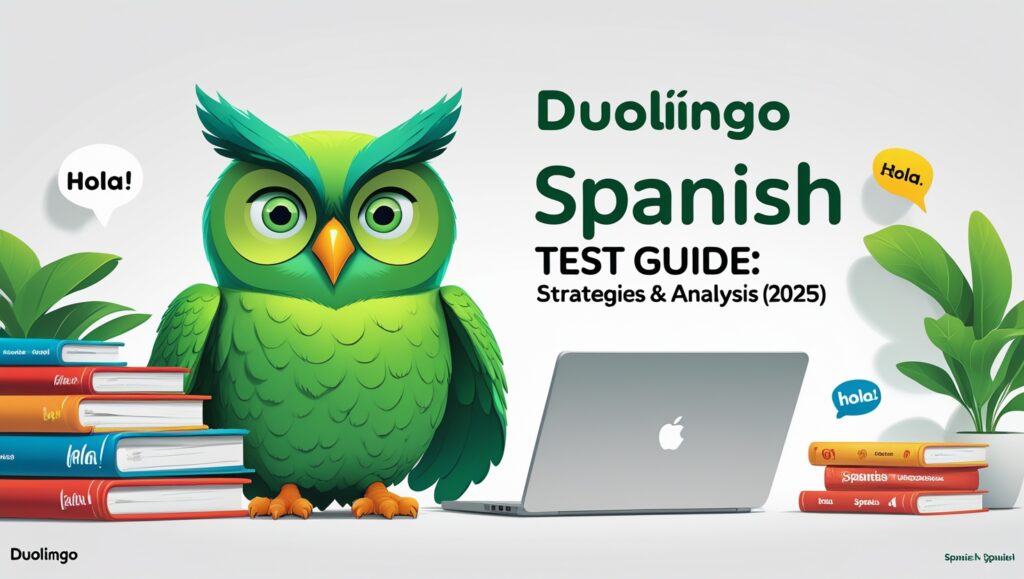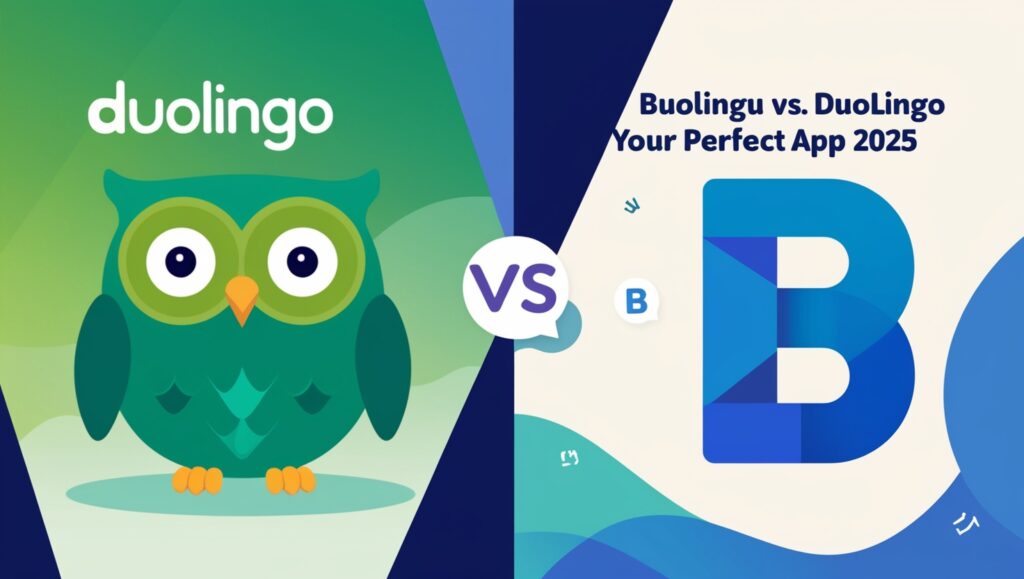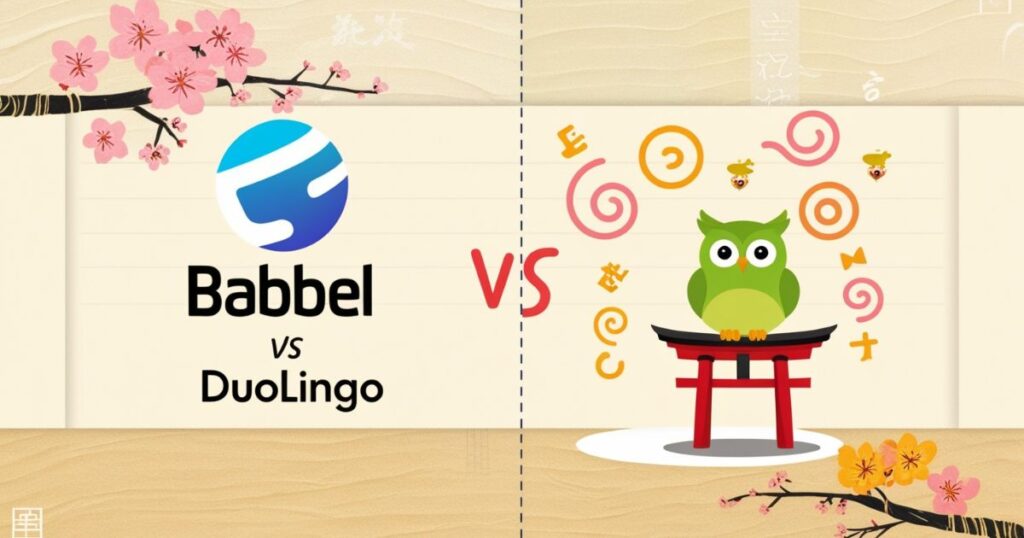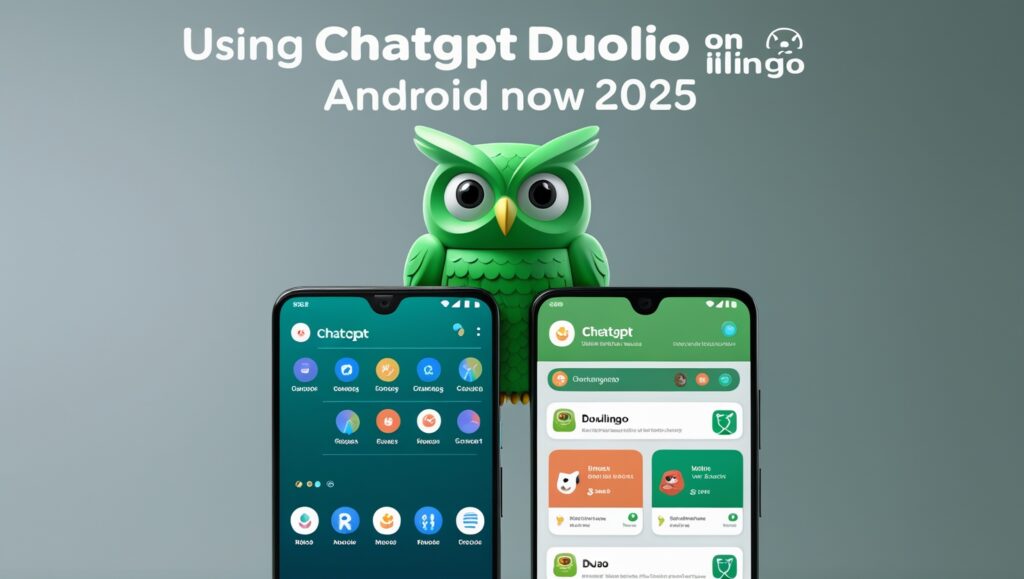If you’re diving into learning Spanish through Duolingo, you’ve probably wondered about the type of Spanish you’re actually learning. This comprehensive guide will help you understand the nuances of different Spanish dialects and how to make the most of your language learning. journey.
The Foundation: Understanding Duolingo’s Spanish Base
The Duolingo Spanish course has evolved significantly since its launch. The platform deliberately chose to teach a standardized version of Latin American Spanish, with strong Mexican influences, for several compelling reasons. This decision reflects the demographics of Spanish speakers worldwide, as Mexico has the largest Spanish-speaking population globally.
When developing the curriculum, Duolingo collaborated with language experts and native speakers from various regions to create content that would be widely understood. The course materials underwent extensive testing and refinement to ensure they’d be practical for real-world communication while remaining accessible to beginners.
One fascinating aspect of Duolingo’s approach is how it gradually introduces regional variations. While the core content focuses on standard Latin American usage, the platform occasionally presents alternative expressions and vocabulary through its stories and bonus features. This approach helps learners develop awareness of linguistic diversity without becoming overwhelmed.
Latin American Spanish vs. European Spanish: Essential Differences
The distinction between Latin American Spanish and Castilian Spanish goes far deeper than most learners initially realize. Historical factors, including indigenous influences and patterns of colonization, have shaped these variations over centuries.
Consider how the Spanish language evolved differently across the Atlantic. While Spain maintained certain traditional features, Latin American Spanish underwent unique transformations, influenced by indigenous languages, African languages, and the practical needs of new societies. This evolution created fascinating patterns in both vocabulary and grammar.
More Post: Is Super Duolingo Worth It? In-Depth Analysis and Evaluation
Here’s a comprehensive comparison table that highlights key differences:
| Aspect | Latin American Spanish | European Spanish | Context |
| Pronunciation of ‘z’ and ‘c’ | Like ‘s’ in “see” | Like ‘th’ in “think” | Most noticeable in formal speech |
| Second person plural | Ustedes (formal and informal) | Vosotros (informal) | Daily conversation |
| Past tense preference | Simple past | Present perfect | Describing recent events |
| Technology terms | Computadora, celular | Ordenador, móvil | Modern vocabulary |
| Professional titles | Licenciado, Doctor | Señor, Don | Formal address |
| Cultural references | Indigenous terms | Arabic influence | Historical context |
Regional Deep Dives: Major Spanish Dialects
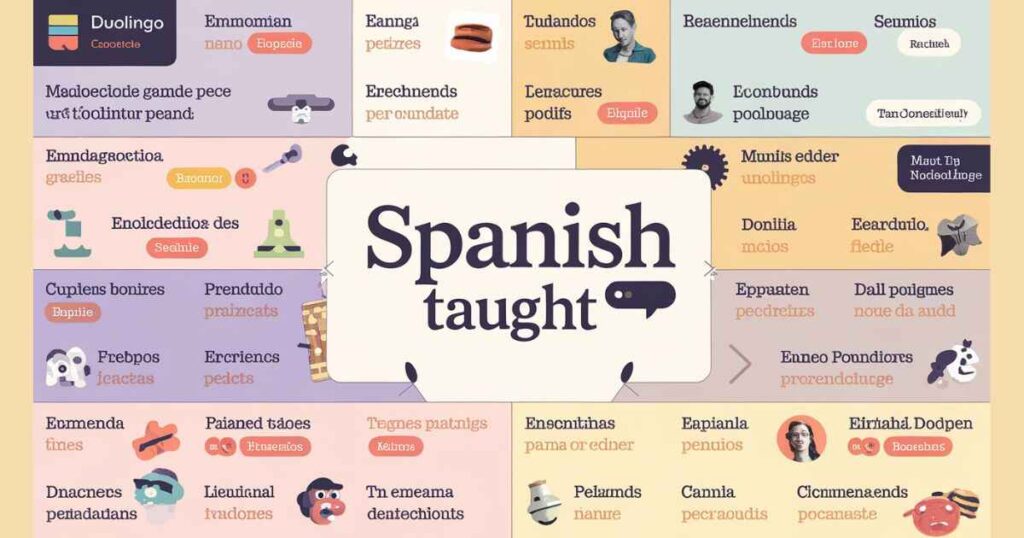
Mexican Spanish Characteristics
Mexican Spanish serves as the backbone of many Latin American Spanish courses, including Duolingo’s program. Its influence extends beyond Mexico’s borders, partly due to the country’s significant media output and population size.
The Mexican dialect has developed unique characteristics that reflect the country’s rich cultural heritage. Indigenous languages, particularly Nahuatl, have contributed numerous words that are now standard in Mexican Spanish. For example, “aguacate” (avocado), “chocolate,” and “tomate” all originated from Nahuatl.
Mexican Spanish pronunciation is generally considered one of the clearest and most neutral in the Spanish-speaking world. This clarity, combined with a relatively moderate speaking pace, makes it an excellent starting point for learners. The dialect features a melodic intonation pattern that doesn’t typically drop consonants, making it easier for learners to understand and reproduce.
Colombian Spanish Features
Colombian Spanish has earned a reputation as one of the most prestigious varieties of Spanish in Latin America. The dialect spoken in Bogotá, the capital, is often cited as a prime example of clear, proper Spanish pronunciation.
What makes Colombian Spanish particularly interesting is its preservation of formal address forms. While many Spanish-speaking regions have moved toward more casual forms of address, Colombians maintain a complex system of formal and informal pronouns that reflect social relationships and contexts.
The vocabulary of Colombian Spanish includes many unique terms that reflect the country’s diverse geography and cultural heritage. For instance, “parcero” (friend) and “bacano” (cool) are distinctively Colombian expressions that you won’t commonly hear elsewhere.
Argentine Spanish Distinctives
Argentine Spanish stands out as one of the most distinctive dialects in the Spanish-speaking world. Its unique characteristics stem from massive European immigration, particularly from Italy, in the late 19th and early 20th centuries.
The most notable feature of Argentine Spanish is its unique pronunciation system. The “ll” and “y” sounds are pronounced as a “sh” sound, so “yo” (I) sounds like “sho.” This feature, known as yeísmo rehilado, is immediately recognizable and strongly associated with Argentine identity.
The use of “vos” instead of “tú” as the second-person singular pronoun is another distinctive feature. While other regions may use vos, the Argentine voseo has its own unique conjugation patterns that differ from standard Spanish forms.
Caribbean Spanish Variations
The Spanish language in the Caribbean region has evolved into a distinctive variety that reflects the area’s unique historical and cultural influences. Caribbean Spanish, found in countries like Cuba, Puerto Rico, and the Dominican Republic, developed through a fascinating blend of Spanish colonial influence, African languages, and local innovations.
In Caribbean Spanish, speakers often modify consonants in ways that can challenge learners. The dropping of final ‘s’ sounds, known as aspiración, represents a significant feature of this dialect. For example, “estamos” (we are) might sound more like “ehtamoh.” This pronunciation pattern stems from historical language contact and climatic influences.
The vocabulary in Caribbean Spanish reveals rich cultural connections. Terms like “guagua” (bus) and “china” (orange) showcase the unique lexical choices that have become standard in these regions. These regional variations add vibrancy to the language while presenting interesting challenges for language learning goals.
More Post: How Long Will It Take To Learn Japanese On Duolingo? A Realistic Timeline
Real-World Application
Bridging Duolingo to Spain
When transitioning from the Duolingo Spanish course to European or Castilian Spanish, learners need to make several important adjustments. Spanish from Spain carries distinct characteristics that reflect its unique cultural and linguistic development.
Understanding formal situations in Spain requires particular attention. While Latin American Spanish generally uses “ustedes” for all plural addresses, Spain maintains the vosotros form for informal plural situations. This creates a more complex but richer system of address that learners must master for effective communication.
Consider this practical example of how conversations differ:
Latin American: “¿Ustedes quieren café?” (Would you all like coffee?)
Spain: “¿Vosotros queréis café?” (Would you all like coffee? – informal)
Business Spanish Considerations
In professional settings, understanding vocabulary and grammar variations becomes crucial. Business Spanish varies significantly across different Spanish-speaking places, and being aware of these differences can impact professional relationships.
Professional terminology often differs between regions:
- Spain: “ordenador portátil” (laptop)
- Latin America: “computadora portátil” or “laptop”
- Email greetings: “Estimados señores” vs. “Apreciados señores”
For effective business communication, professionals should consider:
- Regional business etiquette
- Local professional titles
- Meeting protocols
- Email conventions
Maximizing Your Duolingo Spanish Experience
To enhance your language learning resources and complement your Duolingo studies, consider incorporating various authentic materials. Modern Spanish language skills development benefits from a multi-channel approach to learning.
Here’s a comprehensive strategy for maximizing your learning:
- Media Immersion
- Watch regional news broadcasts
- Listen to local radio stations
- Follow social media influencers from different Spanish-speaking countries
- Active Practice
- Join language exchange programs
- Participate in virtual conversation groups
- Engage with native speakers through language apps
- Cultural Integration
- Cook using Spanish-language recipes
- Follow Spanish-language YouTubers
- Participate in cultural events
Practical Applications and Real-World Success
Many learners have successfully transitioned from Duolingo to real-world Spanish usage. Take María Thompson’s experience:
“After completing the Duolingo Spanish course, I supplemented my learning with regional podcasts and Spanish television. Within six months, I could communicate effectively with clients across Latin America. The key was understanding regional differences and adapting my language accordingly.“
Advanced Learning Strategies
For those seeking to master multiple Spanish dialects, consider these advanced approaches:
- Dialect-Specific Study Plans
- Focus on one regional variety at a time
- Study regional literature and media
- Practice with native speakers from specific regions
- Professional Development
- Take specialized courses in regional Spanish
- Attend language immersion programs
- Pursue certification in specific dialects
Future of Spanish Language Learning
The evolution of language learning platforms continues to shape how we approach Spanish education. Modern technology allows for more nuanced understanding of regional dialects and easier access to authentic materials from various Spanish-speaking regions.
Current trends in Spanish language education include:
- AI-powered dialect recognition
- Virtual reality immersion experiences
- Real-time translation technology
- Adaptive learning systems
FAQ’s
Q: What type of Spanish is used in Duolingo?
Duolingo teaches standard Latin American Spanish with a Mexican influence. The platform uses vocabulary and pronunciation patterns commonly understood across Spanish-speaking countries.
Q: What level of Spanish can I learn from Duolingo?
Duolingo can take you to an intermediate (B1) level, teaching essential vocabulary and grammar. You’ll gain basic conversational skills and reading comprehension.
Q: Does Duolingo actually teach good Spanish?
Yes, Duolingo teaches accurate, practical Spanish. While it excels at fundamentals, it works best when combined with conversation practice and immersion activities.
Q: What dialect of Spanish does Duolingo teach on Reddit?
According to user discussions on Reddit, Duolingo primarily teaches standardized Latin American Spanish, avoiding region-specific expressions that might confuse beginners.
Conclusion
Understanding Spanish dialects enhances your ability to communicate effectively across the Spanish-speaking world. While Duolingo provides an excellent foundation in Latin American Spanish, awareness of regional variations allows learners to adapt their language skills to different contexts.
Remember that becoming proficient in Spanish is a journey rather than a destination. Each regional variant adds richness to your understanding and ability to connect with Spanish speakers worldwide. Continue exploring, practicing, and embracing the beautiful diversity of the Spanish language.
Visit For More Blog’s: Duolingoabout

Welcome to DuolingoAbout.com! Your go-to hub for expert tips, tricks, and guides to mastering Duolingo. Simplify your language-learning journey with curated content designed for learners at all levels.
